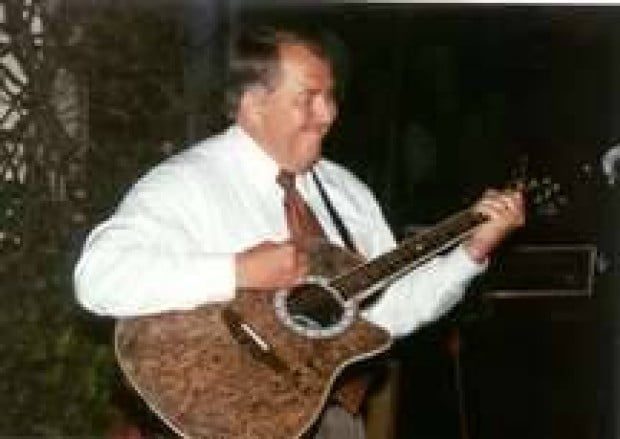University has capped enrollment, keeping class levels low. The average class size is 17, and the faculty to student ratio is 1 to 13.On Monday, about 2,700 new and returning students attended classes at Pepperdine University, with 683 freshmen and transfers attending Seaver College–the main component of Pepperdine’s Malibu campus.
Pepperdine is composed of five schools and colleges, but not all are in Malibu.
Seaver College, the School of Law and the School of Public Policy are located on the Malibu campus while the Graziadio School of Business and Management and the Graduate School of Education and Psychology are headquartered at Pepperdine’s West Los Angeles facility. However, students at the West L.A. facilities can reside on the Malibu campus if they wish.
Presently, the university continues to expand and a new Drescher Graduate Campus is under construction at the Malibu site.
“The majority of students come because the school offers a smaller college and university environment,” said Mike Truschke, director of admissions for Seaver College.
“The academic and the personal touch that you get here certainly is important,” he explained.
Amber McKinney, a senior who will major in biology, lives on the Malibu campus and said she enjoys the fellowship and community feeling Pepperdine has to offer.
“I chose Pepperdine because it’s a close-knit community,” she explained. “There is always somebody who truly cares without being smothering.”
The university has capped enrollment to keep Seaver College at a relatively small size, said Pepperdine University President Andrew Benton.
The average class size is 17, and the faculty to student ratio is 1 to 13.
Two-thirds of the students will live on campus, said Truschke. These students are usually between 18 and 22 years old and approximately 50 percent come from California, 40 percent from other states and 10 percent travel from other countries.
“The most popular majors are business administration, biology and sports medicine,” said Truschke. “Students are choosing us for our academics and our international programs.”
Aside from staying at the Malibu campus, more than 50 percent of the students will study abroad for a semester or two, given that Pepperdine has campuses in five other countries as well.
Incoming students average a 3.8 GPA and score 1,270 on the SATs but “we don’t have a minimum criteria,” said Truschke, regarding the scores of incoming students.
The cost to attend the university this year, including tuition, room and board, and student fees, totals $32,830, but does not cover individual spending money.
Eighty percent of the students are on some form of scholarship, said Truschke. These scholarships come in various forms from either university-sponsored scholarships that offer athletic, academic and special achievement scholarships, or state and federally funded sources.
The scholarships are awarded on a need and merit basis. The academic scholarships are typically awarded to the top 1 or 2 percent of students for each incoming classes.
The school also has a small number of part-time students. Anyone who take less than 12 units, pay $785 per unit.
On Friday the university completed a 33,000 square foot science facility that received the stamp of approval from the county and is now open.
“My greatest interest is in ensuring that students have the best possible experience in the classroom and extra-curricular activities,” said Benton, who is a hands-on president.
This term, aside from his presidential responsibility, Benton teaches a course entitled “The Legal Environment of Business” to 22 students.


